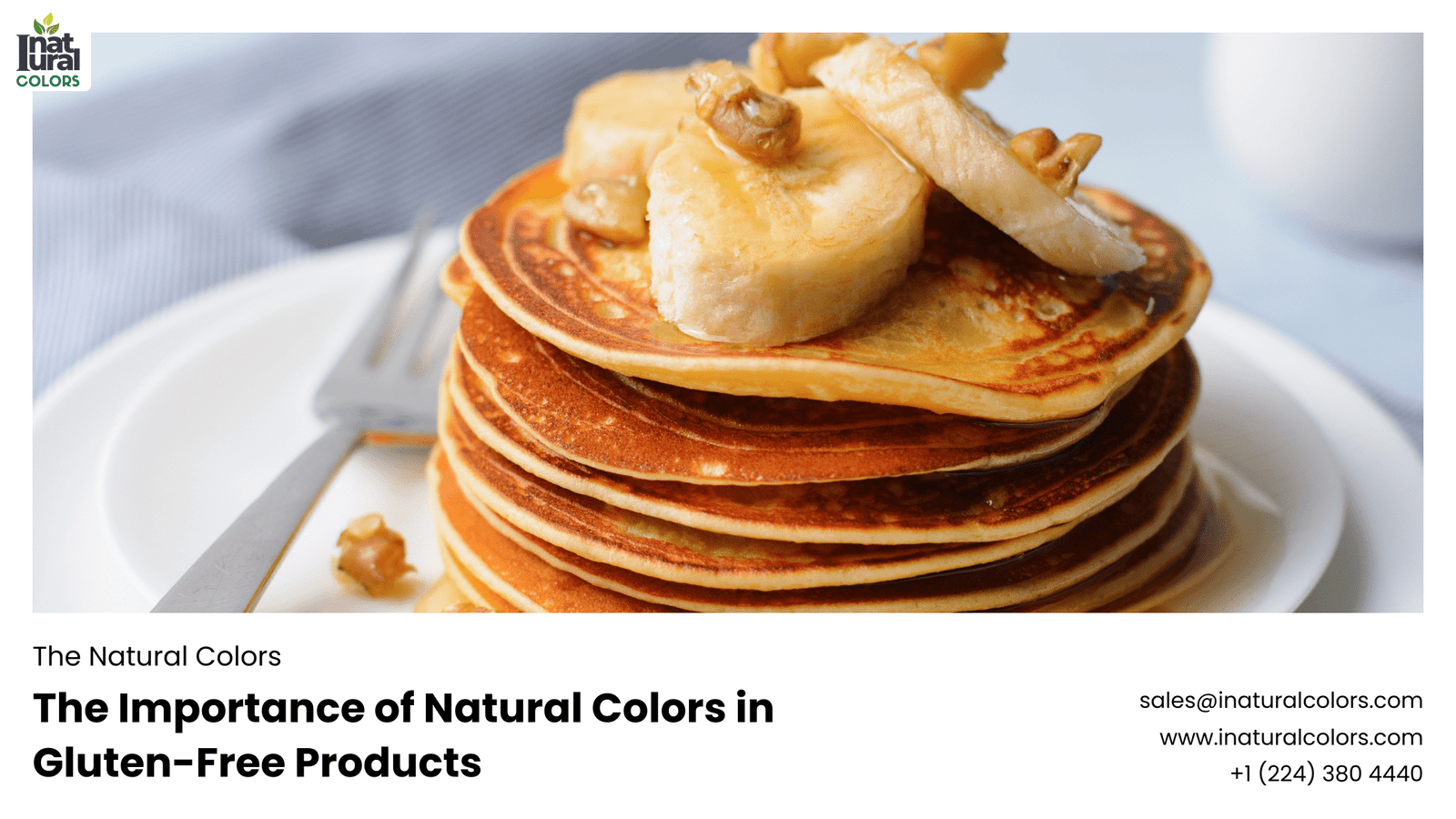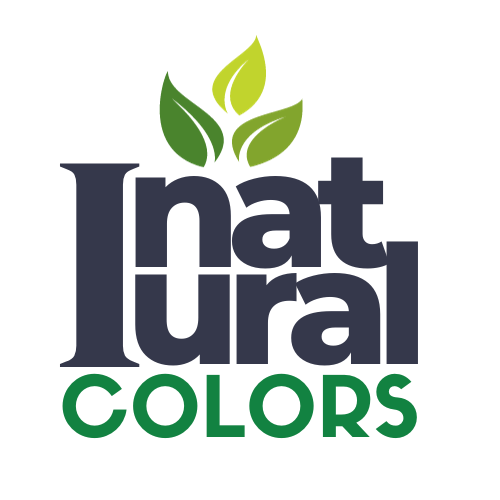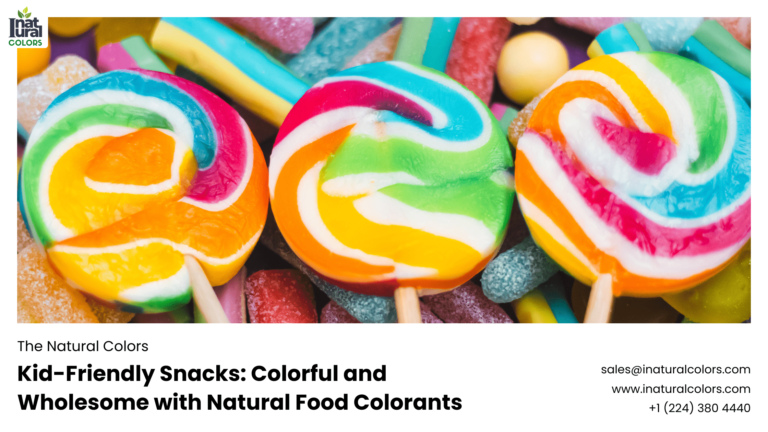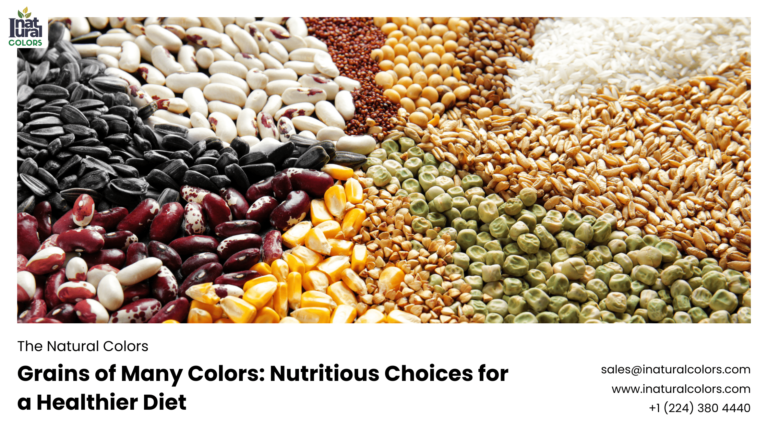Beautiful Plants For Your Interior

Natural Colors in Gluten-Free Products – Introduction
Gluten-free products have taken the food industry by storm, driven by increasing awareness of gluten intolerance and a growing interest in healthier eating. But there’s another trend gaining traction within the gluten-free market: the use of natural colors. These vibrant hues not only make food more appealing but also offer a range of health benefits.
What Are Gluten-Free Products?
Gluten-free products are foods and beverages that do not contain gluten, a protein found in wheat, barley, and rye. These products are essential for individuals with celiac disease or gluten sensitivity. Common gluten-free ingredients include rice, corn, quinoa, and almond flour.
Why Use Natural Colors?
Health Benefits
Natural colors are derived from fruits, vegetables, and other plant sources, which means they often come packed with additional nutrients and antioxidants. Unlike artificial colors, natural colors do not carry the same risks of allergies and hyperactivity, making them a safer choice for many consumers.
Environmental Impact
Natural colors are generally more environmentally friendly to produce. They do not rely on synthetic chemicals and often use less water and energy during production. This makes them a more sustainable option for manufacturers aiming to reduce their ecological footprint.
Common Natural Colors Used in Gluten-Free Products
Turmeric
Known for its vibrant yellow hue, turmeric is also prized for its anti-inflammatory properties. It’s commonly used in gluten-free baked goods and snacks.
Beet Juice
Beet juice provides a rich red color and is high in antioxidants. It’s frequently used in gluten-free desserts and beverages.
Spirulina
This blue-green algae offers a stunning blue color and is packed with nutrients. Spirulina is often found in gluten-free smoothies and energy bars.
Annatto
Derived from the seeds of the achiote tree, annatto offers a natural orange color. It’s used in gluten-free dairy products and baked goods.
Health Benefits of Natural Colors
Natural colors can enhance the nutritional profile of gluten-free products. For example, turmeric contains curcumin, a powerful antioxidant with anti-inflammatory effects. Beet juice is rich in nitrates, which can improve blood flow and lower blood pressure. Spirulina is a source of protein, vitamins, and minerals.
The Process of Extracting Natural Colors
Methods of Extraction
Natural colors are typically extracted using methods such as water or alcohol extraction, cold pressing, or CO2 extraction. These methods ensure that the colors retain their natural properties and remain free from harmful chemicals.
Ensuring Purity and Safety
Manufacturers must ensure that natural colors are free from contaminants and meet safety standards. This involves rigorous testing and quality control throughout the extraction process.
Natural Colors vs. Artificial Colors
Differences in Composition
Artificial colors are synthesized from petrochemicals and are designed to mimic natural hues. In contrast, natural colors are derived from plant sources and contain additional nutrients.
Impact on Health
While artificial colors have been linked to various health concerns, including allergies and hyperactivity, natural colors are generally considered safe and beneficial. They contribute additional nutrients and antioxidants, supporting overall health.
Regulations and Standards
FDA Guidelines
The FDA has strict guidelines for both artificial and natural colors. Natural colors must be sourced from approved substances and pass safety tests to ensure they are free from harmful contaminants.
International Standards
Countries around the world have their own regulations for natural colors. Manufacturers must adhere to these standards to ensure their products are safe for global consumption.
Challenges in Using Natural Colors
Stability and Shelf Life
Natural colors can be less stable than their artificial counterparts, potentially fading over time or when exposed to light and heat. This can affect the appearance and appeal of gluten-free products.
Cost Considerations
Natural colors can be more expensive to produce and incorporate into products, leading to higher costs for consumers. However, the benefits often outweigh the costs for health-conscious buyers.
Consumer Preferences and Trends
Increasing Demand for Natural Ingredients
Consumers are becoming more aware of the ingredients in their food and are actively seeking out products with natural colors. This trend is driving manufacturers to innovate and find new natural sources for their products.
Market Trends
The market for natural colors is expected to grow significantly in the coming years, with increasing demand for clean-label products. This trend aligns with the broader movement towards transparency and health in the food industry.
Case Studies of Popular Gluten-Free Brands
Brand A
Brand A has successfully incorporated natural colors into their gluten-free product line, using ingredients like turmeric and spirulina to enhance both the appearance and nutritional value of their foods.
Brand B
Brand B focuses on using beet juice and annatto in their gluten-free offerings, appealing to consumers who prioritize natural ingredients and vibrant colors in their food choices.
The Future of Natural Colors in Gluten-Free Products
Innovations and Research
Ongoing research is uncovering new natural sources of color, such as microalgae and exotic fruits. These innovations are set to expand the palette of natural colors available to food manufacturers.
Predicted Trends
As consumer demand for natural and clean-label products continues to rise, the use of natural colors in gluten-free products is expected to become even more prevalent. Manufacturers will continue to innovate, finding new ways to enhance their products naturally.
Tips for Choosing Gluten-Free Products with Natural Colors
Reading Labels
Look for products that explicitly state the use of natural colors on their labels. Ingredients lists and certifications can provide valuable information about the sources of colors in the products.
Trusted Certifications
Certifications from trusted organizations can help ensure that gluten-free products with natural colors meet high standards for safety and quality. Look for labels from bodies like the Gluten-Free Certification Organization (GFCO) or similar.
Recipes Using Gluten-Free Products with Natural Colors
Recipe 1: Turmeric-Infused Gluten-Free Bread
Ingredients:
- Gluten-free flour
- Turmeric powder
- Baking soda
- Water
- Olive oil
- Salt
Instructions:
- Preheat the oven to 350°F (175°C).
- Mix the gluten-free flour, turmeric powder, baking soda, and salt in a bowl.
- Add water and olive oil to the dry ingredients, mixing until well combined.
- Pour the batter into a greased loaf pan.
- Bake for 30-35 minutes or until a toothpick inserted into the center comes out clean.
- Let cool before slicing and serving.
Recipe 2: Beet Juice Gluten-Free Muffins
Ingredients:
- Gluten-free flour blend
- Beet juice
- Baking powder
- Eggs
- Coconut oil
- Honey
- Vanilla extract
- Salt
Instructions:
- Preheat the oven to 375°F (190°C).
- In a large bowl, combine the gluten-free flour blend, baking powder, and salt.
- In a separate bowl, whisk together the beet juice, eggs, coconut oil, honey, and vanilla extract.
- Pour the wet ingredients into the dry ingredients and mix until just combined.
- Spoon the batter into a greased muffin tin.
- Bake for 20-25 minutes or until a toothpick inserted into the center of a muffin comes out clean.
- Allow the muffins to cool before serving.
Conclusion
Natural colors play a significant role in the gluten-free product market, offering health benefits and environmental advantages over artificial colors. As consumer demand for natural and clean-label products grows, the use of natural colors is set to become even more widespread. By choosing gluten-free products with natural colors, consumers can enjoy both the aesthetic appeal and the health benefits these vibrant hues provide.
FAQs
What are the benefits of natural colors in gluten-free products? Natural colors provide additional nutrients and antioxidants, offering health benefits and reducing the risk of allergies compared to artificial colors.
How can I identify natural colors in product labels? Look for specific mentions of natural sources, such as beet juice, turmeric, or spirulina, in the ingredients list. Certifications from trusted organizations can also indicate the use of natural colors.
Are natural colors safe for everyone? Generally, natural colors are safe for most people. However, individuals with specific allergies or sensitivities should always check ingredient lists to ensure they can safely consume the product.
Do natural colors affect the taste of gluten-free products? In most cases, natural colors do not significantly alter the taste of gluten-free products. However, some ingredients, like turmeric or beet juice, might add subtle flavors.
Where can I find gluten-free products with natural colors? Gluten-free products with natural colors are available in health food stores, specialty supermarkets, and online retailers. Look for products from brands that prioritize natural ingredients and clean labels.



